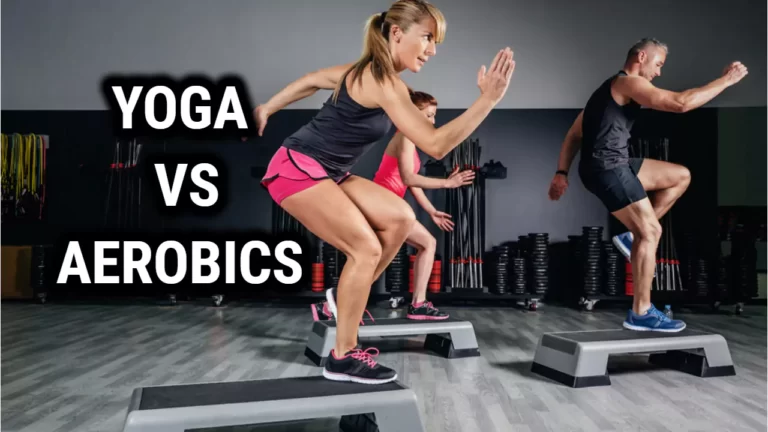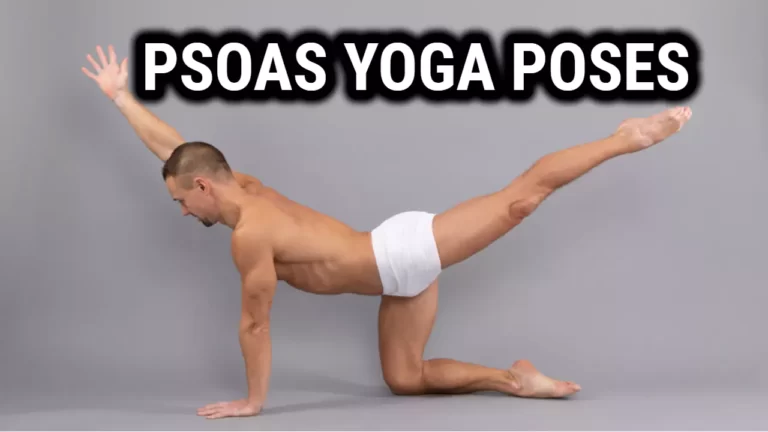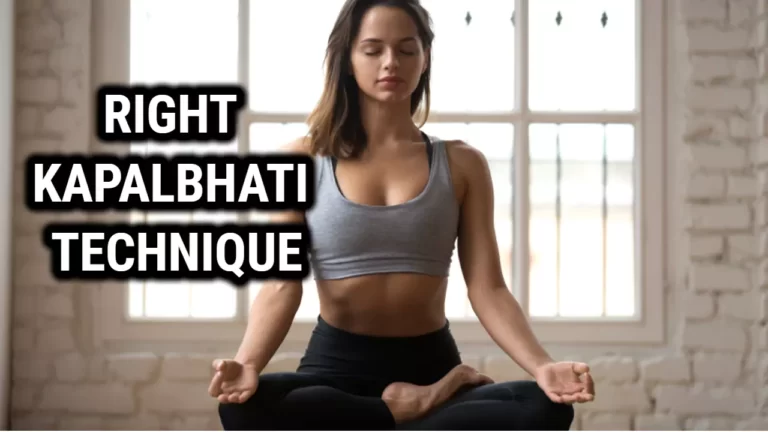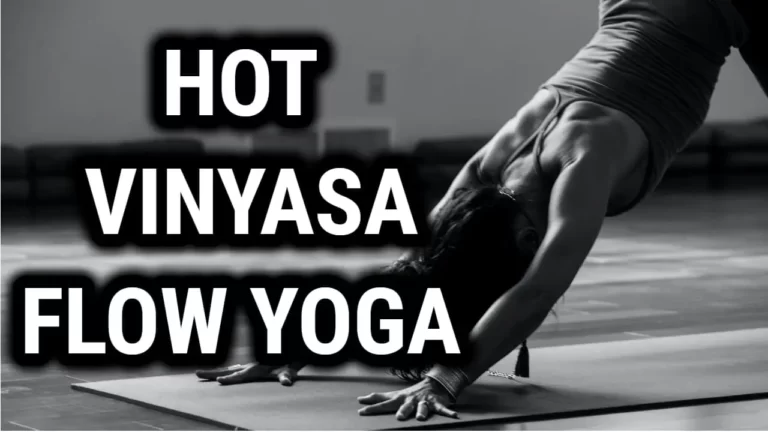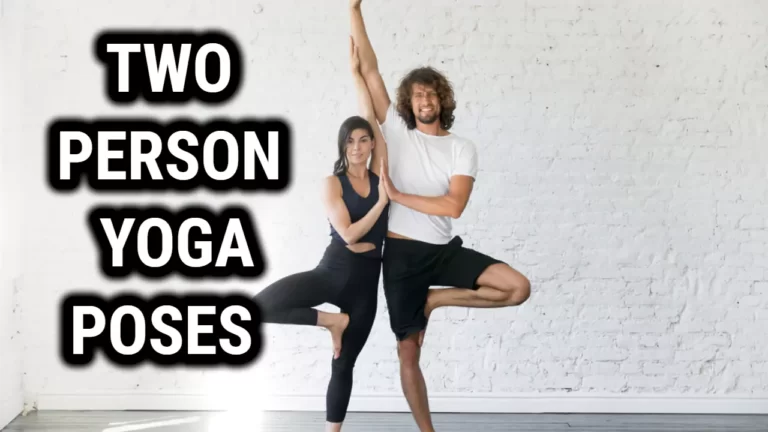Yoga Exercises for Beginners Over 50: Gentle and Effective Practices
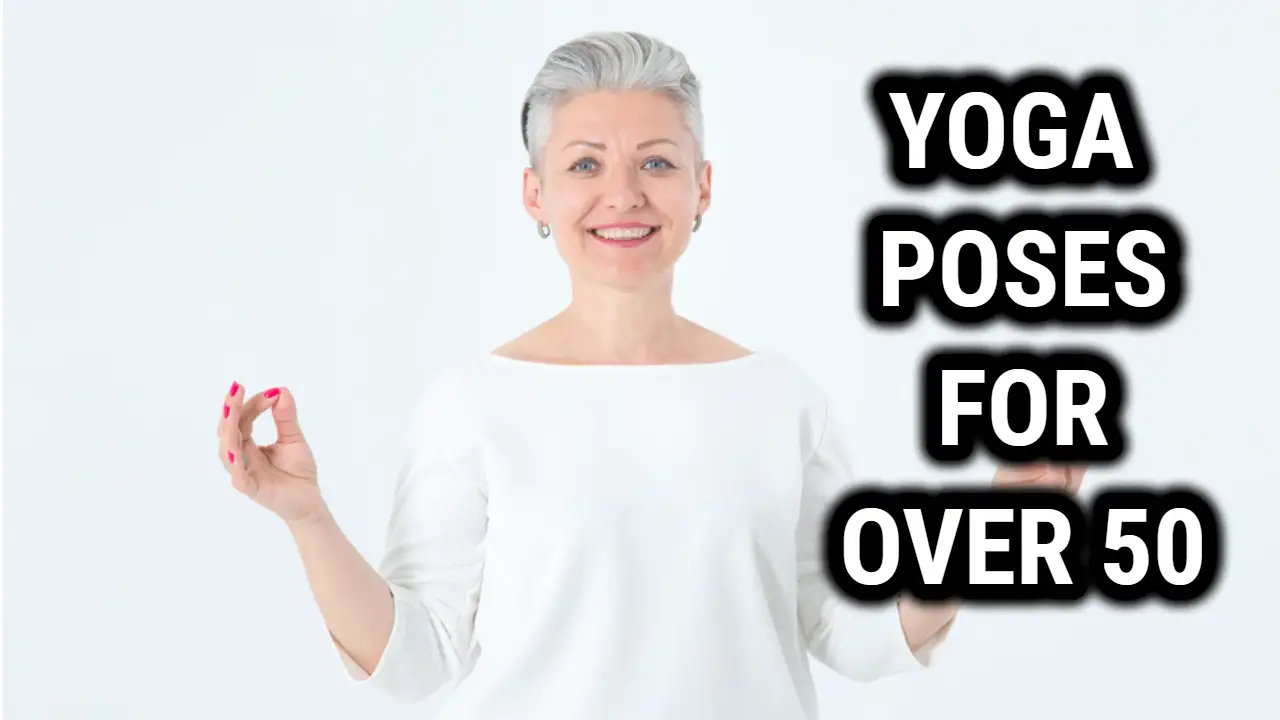
As we age, it becomes increasingly important to prioritize our physical and mental health. One practice that has been shown to have numerous benefits for seniors is yoga. Not only does it help improve flexibility, balance, and strength, but it can also reduce stress, alleviate pain, and improve overall well-being. Here, we’ll explore some tips and beginner-friendly yoga poses for seniors over 50, as well as modifications for common health issues.
Tips for Starting a Yoga Practice
Before diving into the poses, it’s important to set yourself up for success by finding a qualified instructor, wearing comfortable clothing, and setting realistic goals. While there are many online resources available, it’s recommended to start with a live class where you can receive personalized instruction and feedback. Look for classes specifically geared towards seniors or those with limited mobility.
When it comes to clothing, choose loose-fitting, breathable fabrics that allow for a full range of motion. Avoid anything too tight or constricting, as it can hinder your movements and cause discomfort. It’s also recommended to invest in a non-slip yoga mat and any additional props recommended by your instructor, such as blocks or straps.
Setting realistic goals is important to avoid frustration and injury. While it’s natural to want to progress quickly, it’s important to start with beginner-friendly poses and gradually build up your practice over time. Listen to your body and don’t push yourself beyond your limits. Celebrate small victories and progress, no matter how small they may seem.
Beginner Yoga Poses for Seniors Over 50
Now that you’re ready to start your yoga practice, let’s explore some beginner-friendly poses to get you started.
Gentle Warm-up Poses
Start with some gentle warm-up poses to prepare your body for the practice. These poses can help improve circulation, increase mobility, and reduce stiffness.
- Easy Pose (Sukhasana): Sit cross-legged with your hands resting on your knees. Lengthen your spine, relax your shoulders, and close your eyes. Take a few deep breaths and focus on your breath.
- Cat-Cow (Marjaryasana-Bitilasana): Start on your hands and knees, with your wrists directly under your shoulders and your knees directly under your hips. Inhale and arch your back, lifting your head and tailbone towards the ceiling (cow pose). Exhale and round your spine, tucking your chin towards your chest and pressing your hands into the ground (cat pose). Repeat for several breaths.
Standing Poses
Standing poses are great for building strength, improving balance, and increasing mobility. These poses can also help improve posture and reduce the risk of falls.
- Mountain Pose (Tadasana): Stand with your feet hip-width apart, toes pointing forward. Ground down through your feet and engage your leg muscles. Reach your arms overhead, keeping your shoulders relaxed. Hold for several breaths.
- Warrior II (Virabhadrasana II): Step your left foot back about 3-4 feet, turning your left foot out 90 degrees and your right foot slightly in. Bend your right knee over your ankle, keeping your left leg straight. Raise your arms to shoulder height, reaching through your fingertips. Hold for several breaths before switching sides.
Seated Poses
Seated poses are great for improving flexibility, reducing stress, and calming the mind. These poses can be done in a chair if sitting on the floor is uncomfortable.
- Seated Forward Fold (Paschimottanasana): Sit on the floor with your legs extended in front of you. Inhale and reach your arms overhead. Exhale and fold forward, reaching towards your feet or ankles. Keep your spine long and your neck relaxed. Hold for several breaths before releasing.
- Butterfly Pose (Baddha Konasana): Sit on the floor with the soles of your feet touching and your knees bent out to the sides. Hold onto your ankles or feet, lengthen your spine, and gently press your knees towards the floor. Hold for several breaths.
Restorative Poses
Restorative poses are great for relaxation, rejuvenation, and reducing stress. These poses use props to support the body and promote deep relaxation.
- Supported Bridge Pose (Setu Bandha Sarvangasana): Lie on your back with your knees bent and your feet on the floor. Place a block or bolster under your sacrum and relax your arms by your sides. Close your eyes and focus on your breath. Hold for several minutes before releasing.
- Legs-Up-the-Wall Pose (Viparita Karani): Sit with one hip against the wall and swing your legs up the wall as you lie back. Place a bolster or folded blanket under your hips for support. Relax your arms by your sides and focus on your breath. Hold for several minutes before releasing.
If you are looking for Yoga Mat
This would be My Recommendation Check it Out – Gaiam Essentials Premium Yoga Mat With Mat Carried Sling
Modifications for Common Health Issues
Yoga can be modified to accommodate a wide range of health issues, including arthritis, osteoporosis, and other chronic conditions. Here are some tips for modifying poses to suit your needs:
- Arthritis: Avoid poses that put excessive strain on the joints, such as deep knee bends or wrist-heavy poses. Instead, focus on gentle movements and use props for support as needed.
- Osteoporosis: Avoid forward bends and twisting poses, as they can put excessive strain on the spine. Instead, focus on standing poses that build strength and balance.
- Chronic conditions: Talk to your doctor before starting a yoga practice and discuss any modifications that may be necessary. Listen to your body and avoid any movements that cause pain or discomfort.
Building a Consistent Practice
To reap the full benefits of yoga, it’s important to make it a consistent part of your routine. Here are some tips for building a consistent practice:
- Start small: Begin with a short practice, such as 10-15 minutes, and gradually increase as you become more comfortable.
- Schedule it in: Make yoga a regular part of your routine by scheduling it in at the same time each day or week.
- Find a community: Join a yoga class or online community to stay motivated and connect with others who share your interests.
- Stay curious: Continually challenge yourself by trying new poses and sequences to keep your practice fresh and engaging.
FAQ
Q: Is yoga safe for seniors over 50?
A: Yes, yoga can be a safe and beneficial practice for seniors over 50. However, it’s important to start with beginner-friendly poses, listen to your body, and modify as needed to avoid injury.
Q: What are the benefits of practicing yoga as a senior?
A: Practicing yoga as a senior can improve flexibility, balance, strength, and overall physical health. It can also reduce stress, promote relaxation, and improve mental well-being.
Q: Do I need to be flexible to practice yoga?
A: No, you do not need to be flexible to practice yoga. Yoga is a practice of gentle movements and breath work, and can be modified to suit a wide range of abilities.
Q: Can yoga help with arthritis pain?
A: Yes, yoga can help with arthritis pain by promoting gentle movement, reducing stress, and improving joint flexibility. However, it’s important to avoid poses that put excessive strain on the joints and to modify as needed.
Q: How often should I practice yoga as a senior?
A: The frequency of your yoga practice as a senior will depend on your personal goals and abilities. Starting with a short practice, such as 10-15 minutes, and gradually increasing as you become more comfortable is a good way to build a consistent practice.
Q: Can I practice yoga if I have osteoporosis?
A: Yes, yoga can be modified to suit those with osteoporosis. Avoiding forward bends and twisting poses and focusing on standing poses that build strength and balance can be helpful. However, it’s important to talk to your doctor before starting a yoga practice and to listen to your body to avoid injury.
Q: Do I need any special equipment to practice yoga as a senior?
A: No, you do not need any special equipment to practice yoga as a senior. However, using props such as blocks, blankets, or bolsters can be helpful for support and modifying poses. A comfortable yoga mat and loose, comfortable clothing are also recommended.
Conclusion
Yoga is a wonderful practice for seniors over 50, offering numerous physical and mental benefits. By starting with beginner-friendly poses, modifying as needed, and building a consistent practice, you can improve your overall health and well-being. Remember to listen to your body, set realistic goals, and celebrate your progress along the way.

